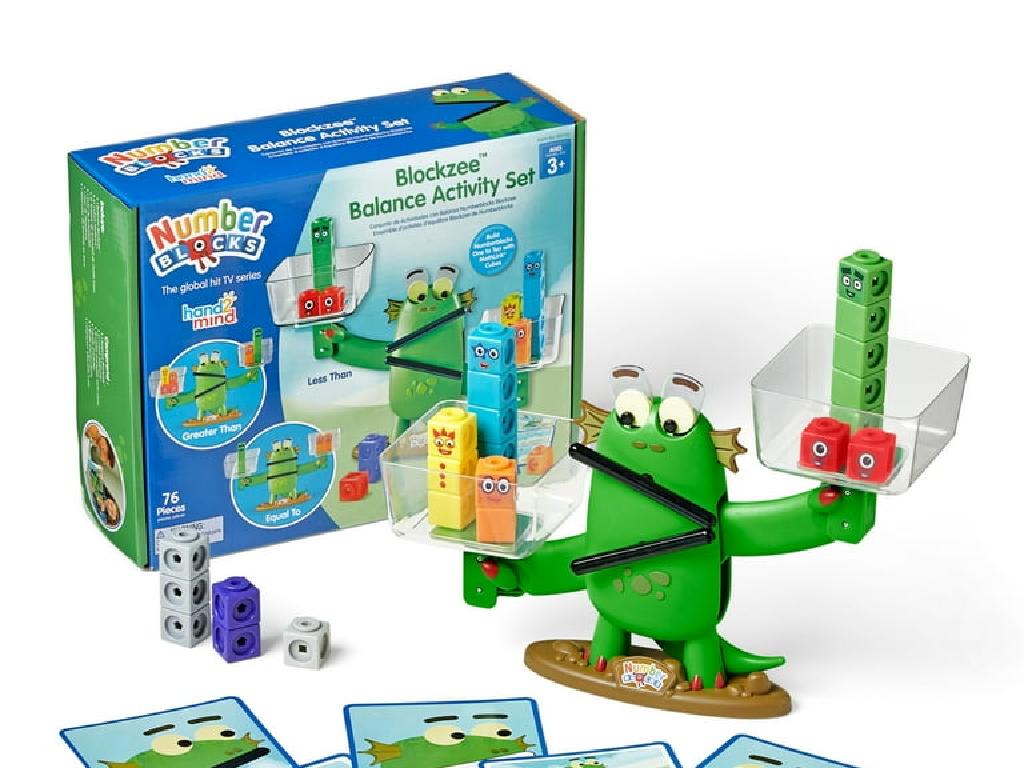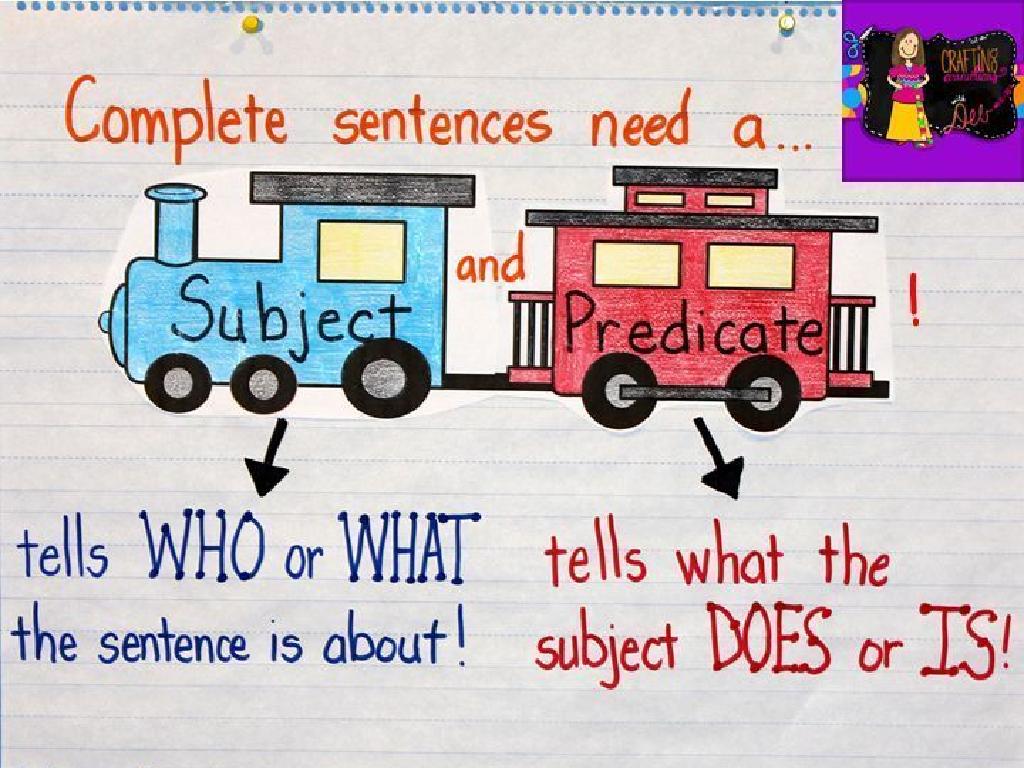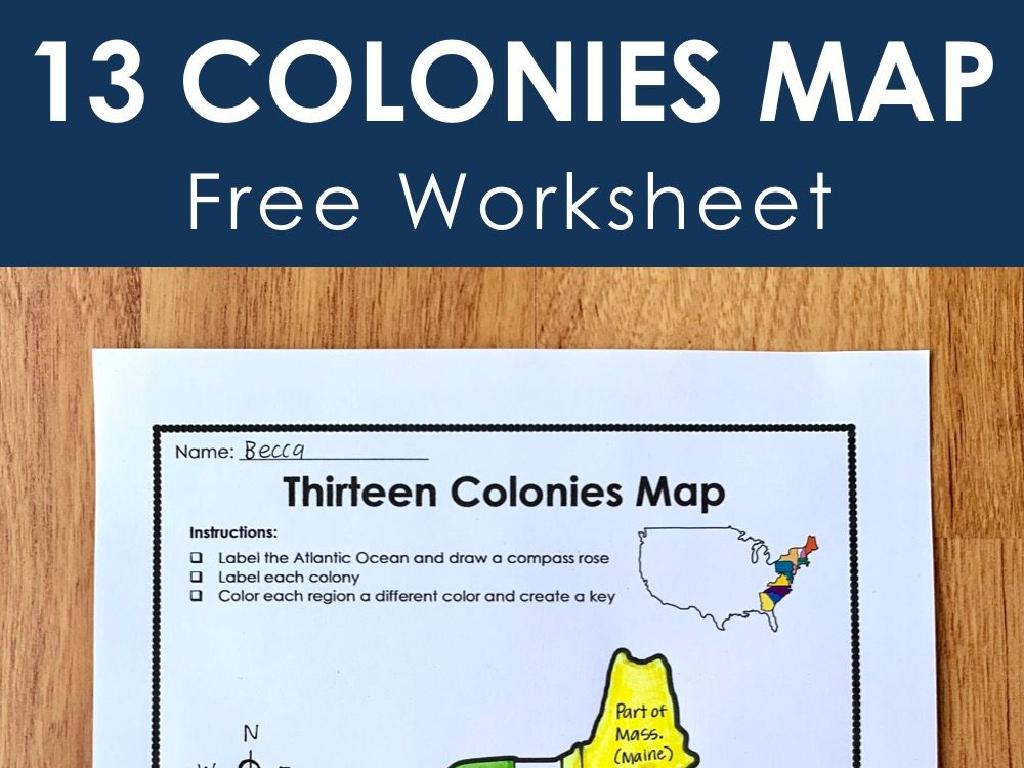Which Definition Matches The Sentence?
Subject: Language arts
Grade: Fifth grade
Topic: Multiple-Meaning Words
Please LOG IN to download the presentation. Access is available to registered users only.
View More Content
Navigating Multiple-Meaning Words
– Words with multiple meanings
– A word that has more than one meaning is called a homonym, like ‘bat’ for the animal and the sports equipment.
– Importance of context
– Knowing different meanings helps us understand texts better and avoid confusion.
– Daily words, varied meanings
– ‘Bark’ can mean the sound a dog makes or the outer layer of a tree.
– Practice with examples
– We’ll look at sentences and use context to determine which meaning of a word is being used.
|
This slide introduces the concept of multiple-meaning words, also known as homonyms, to the students. It’s crucial to emphasize the importance of context in determining the meaning of a word in a given sentence. Provide everyday examples that the students are likely to encounter, such as ‘bark’ or ‘bat’, to illustrate how a single word can have different meanings based on its usage. Encourage students to think of other examples and to be mindful of context clues when reading. In the next class, plan activities where students practice identifying the correct meaning of multiple-meaning words in various sentences.
Exploring Multiple-Meaning Words
– Define multiple-meaning words
– Words that have more than one meaning
– Context determines meaning
– Words can change meaning based on the sentence they are in
– Activity: Match word to sentences
– Find a word that fits both ‘The leaves fell to the ground’ and ‘She leaves the room quietly.’
– Understanding through examples
– Practice with words like ‘bat’, ‘park’, and ‘ring’
|
This slide introduces the concept of multiple-meaning words to the students, emphasizing the importance of context in determining a word’s meaning. Begin by defining multiple-meaning words and provide examples. Explain how the surrounding words in a sentence can change the meaning of a word. Engage the students with a quick activity where they must identify a word that correctly completes two different sentences, demonstrating its multiple meanings. Encourage students to think critically about the context and how it gives clues to the word’s meaning. This activity will help solidify their understanding of how context works with vocabulary.
Context Clues: Unlocking Word Meanings
– Using context to define words
– Context clues are hints to word definitions.
– Sentences provide meaning clues
– ‘The bark was loud.’ vs. ‘The tree’s bark was rough.’
– Group activity: Guess the meaning
– Read together and discuss the word meanings.
|
This slide introduces the concept of context clues to help students determine the meaning of words with multiple meanings. Start by explaining that words can have different meanings and that the sentences around the word can give us hints about which meaning is correct. Provide clear examples showing how the same word can have different meanings in different sentences. For the group activity, prepare sentences with words that have multiple meanings and let students work together to infer the meaning from the context. This will help them practice the skill and learn from each other. Encourage participation and guide them through the process of understanding how context clues work.
Match the Definition Activity
– Understand multiple-meaning words
– Match sentences with correct meanings
– ‘The bat flew in the night sky’ relates to an animal, while ‘He swung the bat at the baseball.’ refers to sports equipment.
– Work together in pairs
– Share your matches with the class
|
This activity is designed to help students understand and practice identifying the correct meaning of multiple-meaning words based on sentence context. Students will work in pairs to encourage collaboration and discussion, which will aid in reinforcing their understanding. Provide students with a list of sentences and corresponding multiple-meaning words. Their task is to match each sentence with the correct definition of the word. After the activity, ask pairs to share their answers and provide explanations for their choices. This will help students learn from each other and clarify any misunderstandings. Encourage students to think critically about word usage and to use context clues to determine meaning.
Exploring Words with Multiple Meanings
– Define homonyms, homophones, homographs
– Homonyms: same spelling/pronunciation, different meanings. Homophones: same pronunciation, different spelling/meaning. Homographs: same spelling, different pronunciation/meaning.
– Examples: pair, pare, pear
– Homonyms: bat (animal), bat (sports). Homophones: pair (two items), pare (trim). Homographs: lead (to guide), lead (metal).
– Class game: Word type identification
– Decide if ‘row’ (argument) and ‘row’ (line) are homonyms, homophones, or homographs.
– Understanding through play
|
This slide introduces students to the concept of words that sound alike or are spelled alike but have different meanings. Start by defining each term: homonyms, homophones, and homographs. Provide clear examples for each to ensure understanding. Engage the class with a fun game where they identify the type of word given in various examples. This interactive activity will help solidify their understanding of the concepts. Encourage students to think of their own examples and share them with the class. This will not only make the learning process more enjoyable but also enhance their grasp of multiple-meaning words.
Let’s Practice: Multiple-Meaning Words
– Complete the worksheet individually
– Read sentences carefully
– Look for clues in each sentence to understand the word
– Choose the correct word meaning
– Words can have more than one meaning; pick the one that fits best
– Share your answers with peers
|
This slide introduces a class activity focused on understanding multiple-meaning words through individual practice. Students will receive a worksheet with sentences featuring words that have multiple meanings. They must use context clues within the sentences to determine which definition of the given word is correct. After completing the worksheet, students will have the opportunity to discuss their answers with the class, allowing them to learn from each other and reinforce their understanding of how context can change the meaning of a word. As a teacher, facilitate the discussion by asking students to explain their reasoning for their choices and provide guidance where necessary. This activity will help students improve their vocabulary and reading comprehension skills.
Class Activity: Exploring Multiple-Meaning Words
– Pick a word with multiple meanings
– Craft two sentences for each meaning
– Use the word in different contexts to show its different uses
– Get ready to present to the class
– Understand words can have more than one meaning
– This activity will help grasp how context changes word meaning
|
In this activity, students will choose words that have more than one meaning and create sentences that illustrate each meaning. This exercise helps students understand the concept of homonyms and polysemous words. It also enhances their ability to use context to determine meaning. For example, the word ‘bark’ can refer to the sound a dog makes or the outer covering of a tree. Teachers should guide students to think critically about word usage and encourage creativity in sentence formation. After writing their sentences, students will present them to the class, which will foster public speaking skills and peer learning.
Review and Reflect: Multiple-Meaning Words
– Recap on multiple-meaning words
– Words that sound the same but have different meanings
– Understanding context significance
– Context helps us choose the correct meaning
– Share an interesting takeaway
For example, ‘bat’ can mean a flying mammal or a baseball equipment
– Reflect on today’s learning
|
As we wrap up today’s lesson, let’s review what we’ve learned about multiple-meaning words. These are words that have the same spelling or pronunciation but different meanings. Understanding the context in which a word is used is crucial because it allows us to determine the correct meaning of the word in that particular situation. Ask students to share one aspect of the lesson they found interesting or surprising. This reflection helps reinforce their learning and allows them to appreciate the nuances of language. Encourage them to think about how this skill can help with reading comprehension and communication in daily life.
Homework Challenge: Exploring Multiple-Meaning Words
– Find 5 multiple-meaning words
– Write 2 sentences per word
– Create sentences that illustrate the distinct meanings of each word.
– Show different meanings
– Use context to clarify the word’s meaning in each sentence.
– Share in the next class
|
This homework task is designed to help students recognize and understand words that have more than one meaning, which are known as multiple-meaning words. Students are encouraged to be observant and look for such words either at home or in their reading material. They should craft two sentences for each word they choose, with each sentence demonstrating a different meaning of the word. This exercise will enhance their comprehension skills and vocabulary. In the next class, students will have the opportunity to share their sentences, allowing them to learn from each other’s examples and further reinforcing their understanding of multiple-meaning words.





